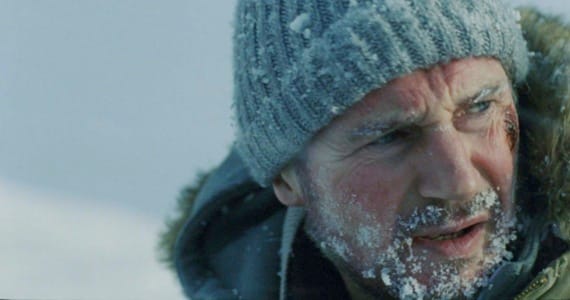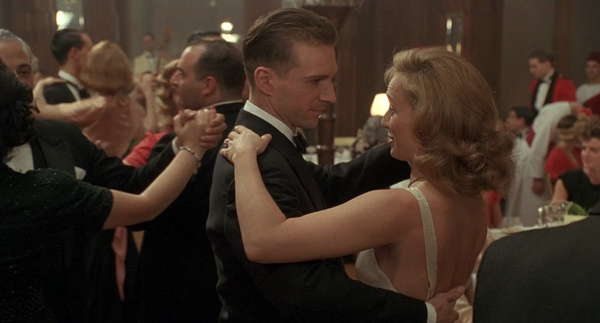Are 3D films worth it?
Matthew Colvin is not convinced by the latest Hollywood invention

A long time ago, in a multiplex not so far away, Star Wars: Episode I – The Phantom Menace was released to a baying public, hungry for the most hyped film of the millennium. As parents accompanying their children fell asleep and grown adults cried out in horror at their collective childhood being destroyed by what they were watching on screen, the eight-year-old me sat there, dazzled by the then groundbreaking special effects and Liam Neeson. Watching it today, of course, I note the many, many obvious flaws and its entire existence as a merchandising opportunity, but it still holds a special place in my cinematic memory. A special place that is in the process of being tainted by a 3D re-release this week.
3D and me? We don’t really get along. The proliferation of inter-dimensional spectacles has joined food and drink as one of my (pretentious) pet hates of the cinema. I’ve managed to put up with it over its various novelty resurgences over the years. Heck, I even enjoyed the experience the first time I saw it, used for an educational film in the Science Museum when I was a young’un.
And then along came Avatar in 2009. I could accept this. What appeared to be an ambitious film (at least visually) by an accomplished director who clearly wanted to push the format, despite its lingering limitations, was to be praised. Hey, at least we were out of the red and cyan flimsy plastic glasses phase. No, it was the consequence of Avatar’s success that offended me. The complete saturation of cinemas with 3D films, turning the multiplexes into fairground rides rather than, well, cinemas.
The ten-a-penny 3D cash-ins that emerged from the shadow of Avatar were relegated to slashers (The Final Destination, Final Destination 5), bog-standard action films (Clash of the Titans, anyone?) and animated films, returning to the concept of Episode I’s original release and becoming a way of drawing youngsters in, at now exorbitant costs.
Under normal circumstances, and with such a bevy of not-so-great films under its belt, I would argue against the format entirely, citing its very existence as a demonstration of the worst Hollywood excess; a vehicle for visual spectacle over any semblance of emotional resonance. Cheap thrills dressed up as expensive entertainment. In short, a gimmick. I would gladly side with the most stringent of naysayers, arguing against the dimness that 3D glasses over, sucking the colour from even the most vibrant of films. I would argue that the practise of 3D films are a means of studios squeezing extra cash from its audiences. I realised this most of all with Tron: Legacy. If ever there was a film most ‘suited’ to the format, it was this video-game based fantasy. Unfortunately the best part of it was the Daft Punk soundtrack. A feast for the ears rather than the eyes, especially since the 3D glasses dimmed out the already dark imagery.
And yet, here comes Martin Scorsese, fresh from pitting Marky Mark against Jason Bourne in one of his many Very Serious Adult Films (read: The Departed) with Hugo, filmed with 3D firmly in mind. An acclaimed director, winner of countless awards, taking the format and running with it. Creating what I thought never possible, a 3D film with heart, a 3D film that wows the critics with its heart and well as spectacle, where 3D is no longer a gimmick, but is used to draw the viewer into an emotional journey. A film that is nominated for no less than Best Film at the Academy Awards.
And 3D shows no signs of slowing down at the multiplexes. Other big-hitters scheduled for this year include Marc Webb’s reboot of the Spider-Man franchise with The Amazing Spider-Man and not forgetting Peter Jackson’s return to Middle Earth with the first of his two-parted adaption of The Hobbit.
These are big blockbusters, however. And I’m wary as to the exact input the directors have had behind the scenes. J.J. Abrams, director of the upcoming _Star Trek _sequel, has stated in an interview that he didn’t “fight” for the use of 3D in the sequel, heralding its use as a studio decision over anything else. Peter Jackson, on the other hand, remains full of admiration for the concept of using 3D to shoot films.
It’s not going anywhere fast – not as long as it remains the industry’s biggest money spinner outside of Christopher Nolan. I still remain to be convinced, given Hollywood’s unlearning focus on profit and keeping shareholders happy. Just look at sequels and, well, George Lucas.
At the end of the day, 3D is an elaborate magician’s trick. But it’s a noticeable one. Give me a couple of auteurs ready to take the format in a new direction, akin to Nolan and IMAX, or Scorsese with his Oscar-nominated antics, and I’ll start to pay more attention.
Until then, it’s 2D for me. That is, after I’ve queued up first in line for Star Wars: Episode I – The Phantom Menace 3D. Sorry, but I really do have to see intergalactic trade disputes in a whole new dimension.
Star Wars: Episode I – The Phantom Menace 3D is out now










